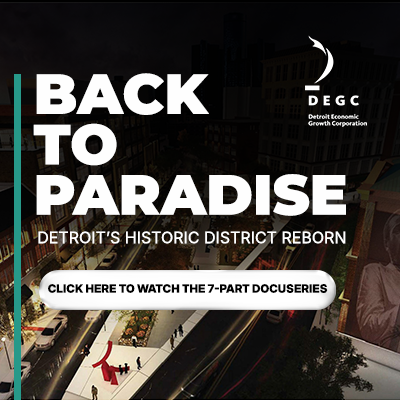Getty Images
What is your number one asset? (A) Home, (B) Car, (C) Another valuable possession (D) None of the above. The answer may surprise you. Drumroll…..If you guessed (D) None of the above, you guessed right. Your most valuable asset is your ability to earn an income. In order to provide food, clothing, shelter, transportation and other necessities and luxuries for you and your family, you need an income to pay for it. By the way, your income is your most powerful wealth-building tool—but that’s another topic.
If you become disabled and cannot work, will you have enough money to buy food, make the house payment, keep the lights and other utilities on, pay the car note and put gas in the car? Statistics show that roughly 40 percent of all foreclosures are the result of a person becoming disabled. Long-term disability (a disability generally lasting 90 days or more) is more devastating on a family’s finances than death. In the event of death there are no ongoing expenses associated with the deceased. When a loved one becomes disabled, a family incurs additional expenses due to the cost of providing care to the disabled person while at the same time they lose the income once provided by the person who is now disabled. Most of us understand the negative effects that death has on a family’s finances. Therefore, many people have life insurance in place (although most are under-insured). However, people tend to underestimate the need for disability insurance. As a result, a large percentage of people don’t have disability insurance. Of those who do, far too many have skimpy coverage.
You’re twelve times more likely to become disabled than you are to die over a 30-year working career. About half of all employees will have a disability that will last at least 90 days. One out of every 10 people can expect to be permanently disabled prior to age 65.
Your income is your most valuable asset and a potential disability is your highest risk of all. This makes disability insurance an instrumental component of a comprehensive financial plan. Before I share important terms you should know in a disability insurance policy, let me first answer some questions that cause many people to procrastinate getting disability insurance.

“I am in good health, I know I can earn a living.”— Christopher Reeves (Superman) thought he’ll leave this world with a lasting impression of him flying through the air. I can’t shake the images of him in the wheelchair. Although he continued to earn a living, I doubt if he made the same type of money he made prior to his disability. You can sustain an injury or illness in a number of ways including accident, work-related injury or some unforeseen medical condition.
“Won’t Social Security help me?”—I have an aunt who suffered a stroke in 2003. Her physical limitations resulting from the stroke were obvious. It took the assistance of an aggressive attorney, two appeals, and nearly four years before she received a check from Social Security. Obtaining disability income from Social Security is extremely difficult. The definition of disability under social security is very rigid and requires a mental or physical impairment that prevents you from engaging and what they term “substantial gainful employment” (roughly $900 per month) for a minimum of 12 months or be expected to result in death.
There are two types of disability insurance—short-term and long-term. Long-term insurance is the more important of the two. Disability insurance replaces between 50 and 70 percent of your gross income with the average being 67 percent. If you pay for your premiums, the income from disability insurance is tax-free. However, if your employer pays the premium, the income is subject to taxation. Premiums are based primarily on the type of work that you do. A fireman, police officer and someone who works around machines will pay a higher premium than someone who works in an office setting. Group disability insurance offered through your employer is offered at a very reasonable price. If your employer does not offer disability insurance, you can purchase an individual policy. The average price is about $40 per month.
Important terms to know:
Benefit Amount—This is the amount you’ll be paid should you become disabled.
Benefit Period—This will define how long benefits will be paid. It could be 5 years or until age 65. It’s worth the extra premium to be covered to age 65.
Definitions of Disability—There are two general types of disability definitions that you should be aware of. Own Occupation—which states that in order to be declared disabled you cannot perform your particular occupation. This is the best option. If you are a singer and can no longer sing, you’re declared disabled and will receive benefits. Any Occupation—this stipulates that you are unable to perform any occupation. If you’re a singer and you can no longer sing but you can earn a living as a stage manager, you will not be declared disabled.
Guaranteed Renewable—This means the insurance company can’t cancel your policy as long as you pay the premium.
Waiting or elimination period—This is the time you have to wait before payments begin. This is akin to a deductible in other types of insurance policies. Waiting periods may range from 30 to 180 days. A longer waiting period reduces the premium.
(Damon Carr, Money Coach can be reached at 412-216-1013 or visit his website @ www.damonmoneycoach.com)


